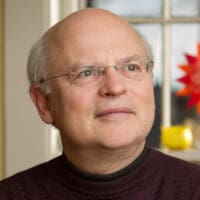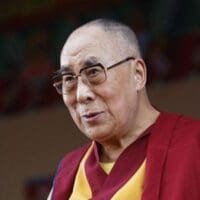Arthur Zajonc, PhD, was professor of physics at Amherst College from 1978 to 2012, when he became President of the Mind & Life Institute. His research has included studies in electron-atom physics, parity violation in atoms, quantum optics, the experimental foundations of quantum physics, and the relationship between science, the humanities and the contemplative traditions. He has also written extensively on Goethe’s science work. He is author of the book: Catching the Light, co-author of The Quantum Challenge, and co-editor of Goethe’s Way of Science. In 1997, he served as scientific coordinator for the Mind and Life dialogue published as The New Physics and Cosmology: Dialogues with the Dalai Lama. He organized the 2002 dialogue with the Dalai Lama, “The Nature of Matter, the Nature of Life,” and acted as moderator at MIT for the “Investigating the Mind” Mind and Life dialogue in 2003, the proceedings of which were published under the title The Dalai Lama at MIT. While directing the Center for Contemplative Mind in Society, Arthur fostered the use of contemplative practice in college and university classrooms, and he continues to speak around the world on the importance of contemplative pedagogy. Out of this work and his long-standing meditative practice, Zajonc has most recently authored Meditation as Contemplative Inquiry: When Knowing Becomes Love. He has also been General Secretary of the Anthroposophical Society in America, a co-founder of the Kira Institute, president of the Lindisfarne Association, and a senior program director at the Fetzer Institute.



